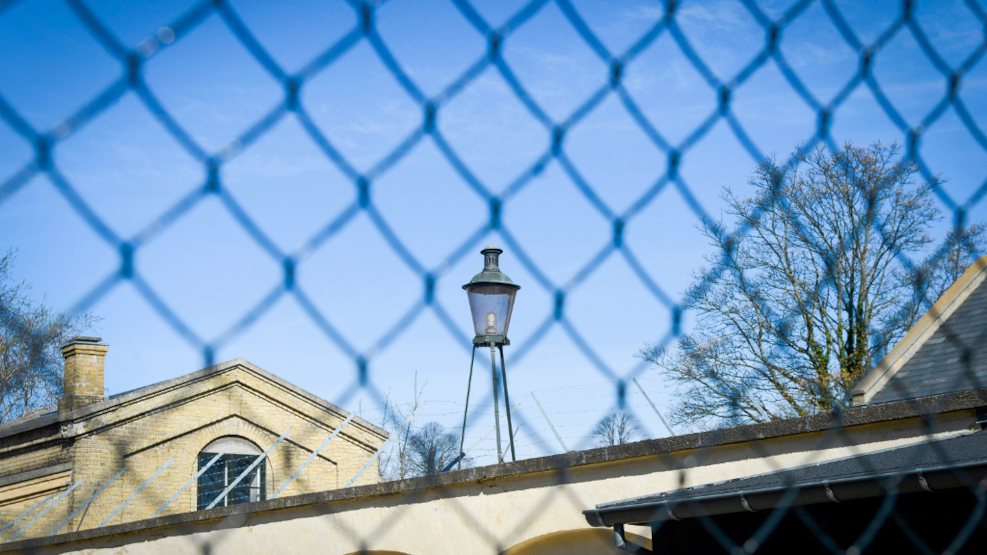 Green Experience
Green ExperienceThe Danish Welfare Museum - Svendborg Museum
Step behind the walls of Northern Europe's best-preserved Poorhouse.
In the center of Svendborg lies the Poorhouse. In the authentic buildings, you can experience an important part of the history of Denmark's welfare system. Step inside the walls and see where the residents slept, ate, worked, were washed, and punished.
In operation 1872-1974
The Poorhouse in Svendborg was built in 1872 under the name "Svendborg Kiøbstads Fattig- og Arbejdsanstalt." It was a modern institution for its time, designed for those who could not support themselves or were considered in need of rehabilitation. Upon arrival at the Poorhouse, one was 'admitted' and deprived of their civil rights: the right to vote, property rights, guardianship over their children, and the right to marriage.
The Poor Inspector interrogated the newcomers and determined whether they were "deserving or undeserving needy." The "deserving" were placed in the Support Institution, where they could enjoy wooden beds and duvets. The "undeserving" were sent to the Workhouse, where iron beds and blankets were standard. Forced labor applied to all residents. Until 1961, the Poorhouse functioned as an institution where residents lost their freedom. From 1961 to 1974, it was converted into a welfare home, where staying behind the walls was theoretically voluntary. The place was operational until 1974 when it was closed down as a "blight on the city."
The Faces of the Poorhouse
This year marks 50 years since Denmark's last Poorhouse closed. Many different destinies have had their lives behind the walls of the place during the 102 years it existed. Men, women, and children have been admitted to the Poorhouse's work and support departments. Employees have worked and created a life with their families in the institution's administration building. It is important that these destinies are not forgotten but remembered. Explore the exhibition and confront the destinies of the past.
Visit the Museum Garden
Do not deprive yourself of a walk in the garden when visiting the Poorhouse. The garden has always been there and was tended to by the residents. They cultivated, among other things, potatoes, cabbage, and carrots. The vegetables were an important part of the meals. Now the garden is maintained by volunteers from the Friends of the Museum Garden.
Thought-provoking Exhibitions
At the museum, you can experience various special exhibitions that highlight, specify, and individualize the history of welfare. See the museum's new, large exhibition "PLACED" about placed children across time - from the 19th century to today - told in the words of the placed themselves.
Or experience the exhibition "Seven Poor Children." Here you follow a sibling group of seven, born between 1863-1878, through childhood, youth, adulthood, and for some, old age.
You can also see the mini-exhibition "From the Poorhouse to Sprogø. From Sprogø to the Poorhouse."
Accessibility
The museum has been awarded the Green Attraction label. The museum is part of Good Access and is wheelchair accessible. It is easy to get around, even with a wheelchair. Unfortunately, there is no elevator to the 2nd floor, where the exhibition "Seven Poor Children" is displayed. This prevented the preservation of the buildings.